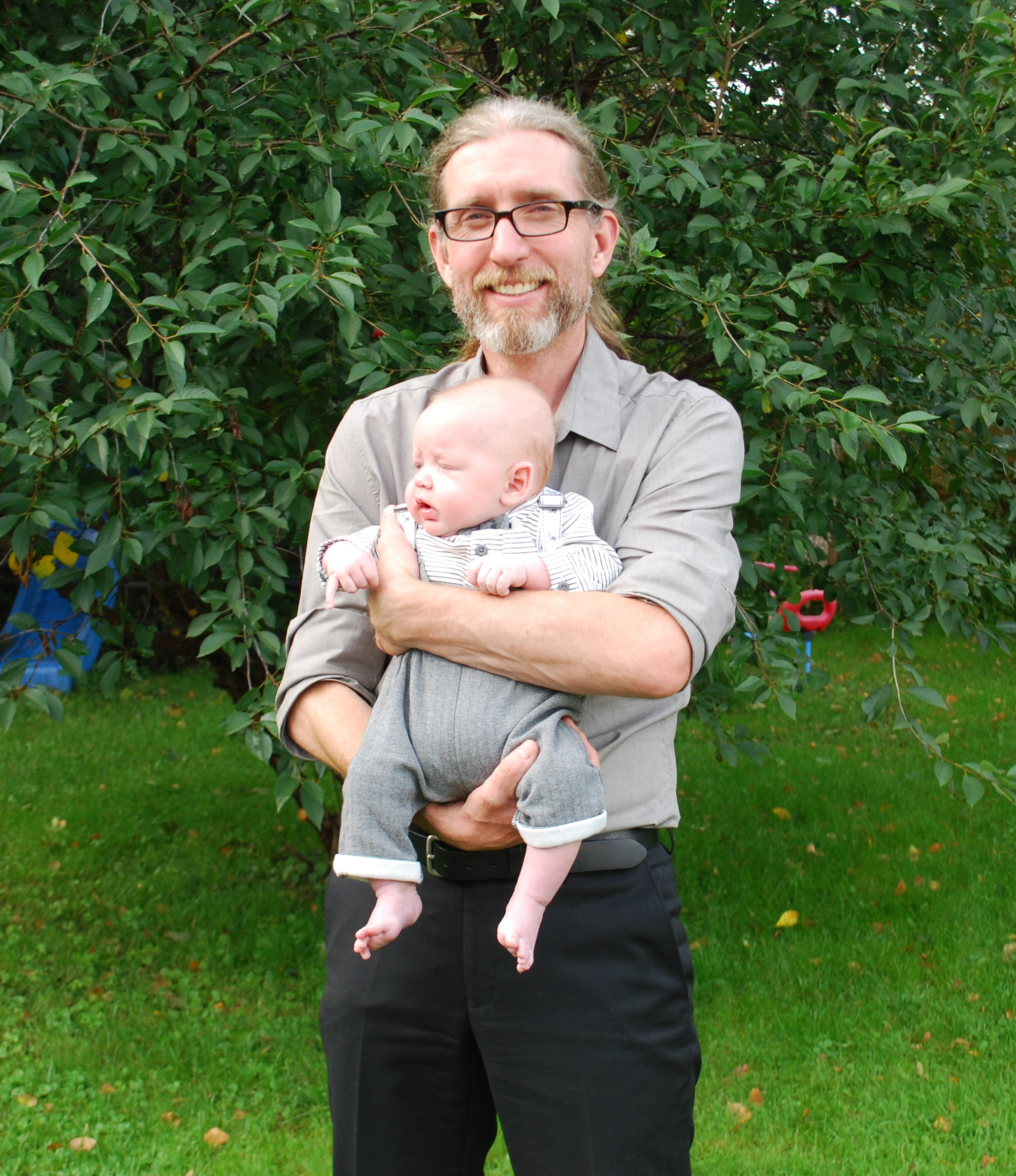This Sunday my family and I were at Kangasala church for the christening of my two-month old twins. As I was sitting in the congregation, I thought to myself, “This is exactly the kind of thing that should be recorded on a blockchain” and so a short moment later on I took out my phone, called up the Chainfrog location blockchain demo, and did exactly that.
A marriage, birth, christening, graduation, or ultimately even a death are the kinds of events that we traditionally record in our memories and mark with relevance through the use of a ceremony. This indicates to those present that they are part of a significant event. Usually formal signed documents are issued, often printed on expensive paper and elaborately decorated.
Some of these pieces of paper are so important and valuable that there are people who go to great lengths to forge them. Now I’m not saying that we should ditch these decades and centuries of tradition, and scrap degree certificates or marriage certificates by switching to recording it all on a blockchain but … what if the event, including the time and place, were logged on a blockchain as well? The paper copy could even include a link to the relevant block for future reference. At a later date you’d be able to prove you were there, because only you would hold the private cryptographic key that was used to sign the location and time record generated and so you’d be able to sign any challenge request to prove it.
And just in case you’re wondering, the record of my twins’ baptism is on block 28397 on the Chainfrog blockchain demo, which has now been running for 81 days without a single interruption. And I’ll happily sign any cryptographic challenge to the contrary.






Leave A Comment